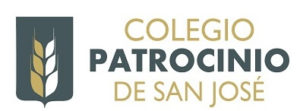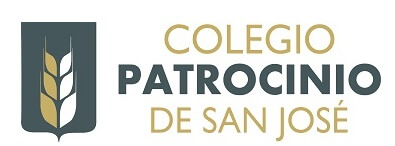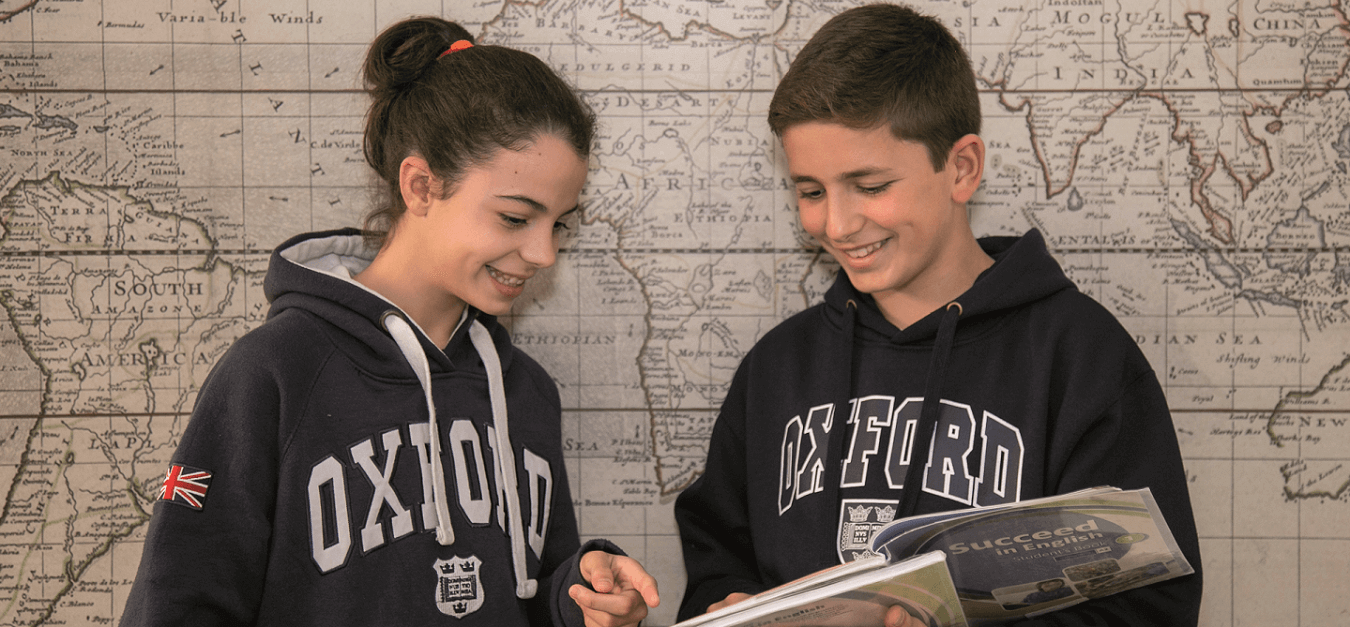
Bilingualism
‘Our students have to be prepared to conquer the world’
English is the most widely spoken official language in the world. It is for this reason that learning English has become an essential goal at our School. Year after year, we try to give our students useful tools that will help them in the future to develop in a plurilingual and multicultural society. And in this way, they will become CITIZENS OF THE WORLD- an interconnected and globalized world.
Our bilingual education pursues a double goal: The learning of a new language and knowledge and respect towards a different culture. Patrocinio de San José School strives to make all learning significant through a holistic approach; as this is the way young learners perceive reality.
The methodology we use focuses on the group diversity, as the interests, motivations and learning rhythms are different among our students.
Our bilingual methodology has been designed to help our students develop ‘SWRL Skills’ (Speaking, Writing, Reading and Listening).The teacher encourages children to talk, play and interact with each other in a natural and enjoyable way. Our aim is that they can feel confident communicating in English.
So, as our slogan says:
‘Our students have to be prepared
to conquer the world’
In order to teach curriculum subjects in English we use CLIL methodology.
Using this methodology we base our students English learning in a communication tool. This methodology develops a positive attitude in our students as ESL learners, focusing on the “can do” attitude.
So what exactly is CLIL?
“CLIL is a dual-focused educational approach in which an additional language is used for the learning and teaching of both content and language.” (EuroCLIC 1994)
In simple terms, CLIL integrates both Content Learning and Language Learning. Using CLIL, students learn one or more of their school subjects in a targeted language, often English, but sometimes in another second language. Students aren’t expected to be proficient in the new language before they begin studying. They learn the language they need for studying at the same time as they learn the subject. With CLIL, learning the content and learning the language are equally important. Both are important curriculum subjects for the students, and they are developed and integrated slowly but steadily. In the long term, students learn both the content and the new language as well as, if not better than, students who study content and language in separate classes.
CLIL involves a change of focus in the classroom. When teachers use the school lingua franca (SLF) for teaching, they can tell the students everything they want them to know, and the students can understand them. However, when they teach their subject using a new language, this isn’t possible. Because of this, they have to show students how to find out information for themselves, and how to work and talk together to discover new ideas, so that using the language becomes part of the process of learning. In other words, the teachers have to change their methodology, and find different ways to help students learn.
By doing this, the teacher prepares young students for the modern world, where people work in project teams; use other languages to talk to various colleagues and to communicate with people in different countries. They are expected to solve problems, plan their own work and find out things for themselves using a range of sources, especially the Internet.
CLIL, then, is designed to prepare young people for the future. It provides the first step to learning and understanding independently.
(Lifelong Learning Programme: CLIL Guidebook. CLIL4u)
www.languages.dk
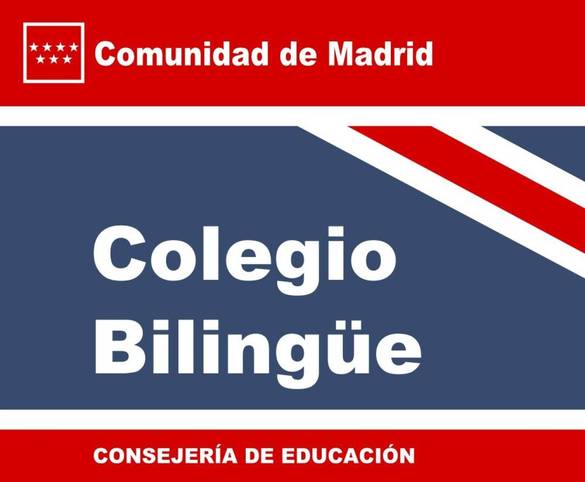
El inglés es la lengua oficial más hablada en el mundo. Es por este motivo por el que el hecho de aprender inglés se convierte en una tarea esencial que hemos decidido abordar desde nuestro Colegio, dotando cada año a nuestros alumnos de las herramientas necesarias para desenvolverse positiva y activamente en la sociedad plurilingüe y multicultural en la que vivimos, y así lograr que puedan convertirse en CIUDADANOS DEL MUNDO, un mundo interconectado y globalizado.
Nuestra enseñanza bilingüe persigue un doble objetivo: el aprendizaje de una nueva lengua y favorecer el conocimiento y respeto hacia una cultura diferente.
El Colegio Patrocinio de San José pretende que esta enseñanza se aborde desde un aprendizaje significativo y con un enfoque globalizador, ya que es la forma en la que los niños de estas edades perciben la realidad.
La metodología empleada atiende a la diversidad del aula, ya que los intereses, motivaciones y ritmos de aprendizaje son distintos entre nuestro alumnado.
Nuestra metodología bilingüe ha sido diseñada para ayudar a desarrollar a nuestros alumnos las cuatro destrezas (Hablar, Escribir, Leer y Escuchar). El profesor anima a los alumnos a hablar, jugar e interactuar de una forma natural y divertida. Nuestro objetivo es que los alumnos vayan adquiriendo confianza y seguridad a la hora de expresarse en esta lengua.
Así que, como dice nuestro lema:
“Nuestros alumnos han de estar preparados para
conquistar el mundo”
Para el aprendizaje de otras asignaturas en inglés emplearemos la metodología CLIL.
Con el uso de esta metodología tratamos de ver el aprendizaje de otra lengua como una herramienta de comunicación, y no solo como una simple asignatura. Este método desarrolla en nuestros alumnos una actitud positiva hacia ellos mismos como estudiantes de inglés, impulsando el ‘can do’ (‘puedo hacerlo’) en los alumnos.
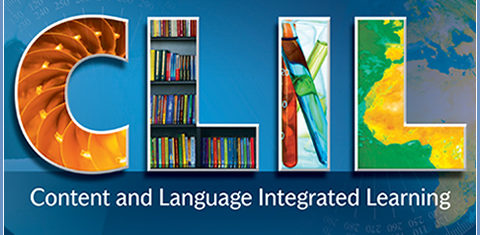
¿Qué es el CLIL?
“El CLIL es un enfoque educativo dual centrado en el que un idioma adicional se utiliza para la enseñanza y el aprendizaje de contenido y lengua.” (Euroclic 1994)
CLIL integra tanto el aprendizaje de contenidos como el aprendizaje de idiomas.
Con el CLIL, el aprendizaje de los contenidos y el aprendizaje de la lengua son igualmente importantes. Ambos son temas curriculares importantes para los estudiantes, y se desarrollan e integran lenta pero constantemente. A largo plazo, los estudiantes aprenden tanto el contenido como el nuevo idioma, al igual, si no mejor, que los estudiantes que estudian el contenido y el lenguaje en clases separadas.
CLIL implica un cambio de enfoque en el aula. Cuando los maestros usan la lengua franca de la escuela (SLF) para enseñar, pueden decirles a los estudiantes todo lo que quieran saber, y los estudiantes pueden entenderlos. Sin embargo, cuando enseñan materia utilizando un lenguaje nuevo, esto no es posible. Debido a esto, los maestros tienen que mostrar a los estudiantes cómo buscar información por sí mismos, y cómo trabajar y hablar juntos para descubrir nuevas ideas, de modo que el uso de la lengua se convierte en una parte del proceso de aprendizaje. En otras palabras, los profesores tienen que
cambiar su metodología, y encontrar diferentes maneras de ayudar a los estudiantes a aprender.
Al hacer esto, el profesor prepara a los jóvenes estudiantes para el mundo moderno, donde las personas trabajan en los equipos por proyectos, utilizan otros idiomas para hablar con varios colegas y para comunicarse con personas de diferentes países.
Se espera de ellos que resuelvan problemas, que planifiquen su propio trabajo y que descubran cosas por sí mismos utilizando una gama de fuentes, especialmente Internet.
CLIL, por lo tanto, está diseñado para preparar a los jóvenes para el futuro. Proporciona el primer paso para aprender y comprender de forma independiente.
(Lifelong Learning Programme: CLIL Guidebook. CLIL4u) www.languages.dk
